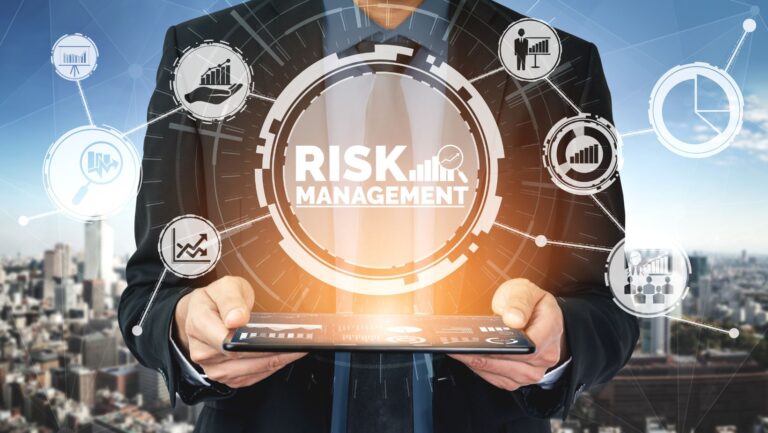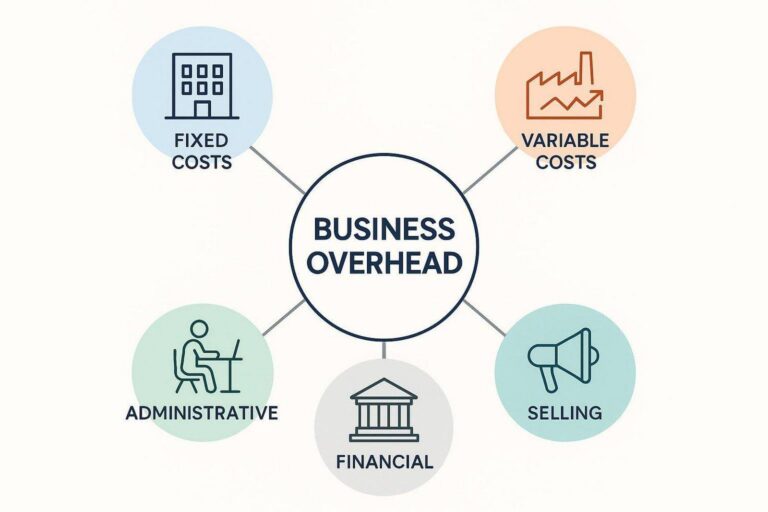Effectively managing uncertainty is crucial for organizations to achieve both strategic and operational goals. Businesses that successfully identify and mitigate threats can protect assets, maintain compliance, and enhance overall stability. However, without a structured approach, the complexities of managing uncertainty can become overwhelming. This article provides a clear guide on the necessary steps to help organizations identify, evaluate, and address potential risks, ensuring a robust and proactive strategy for long-term success.
Understanding Risk Management: The Foundation for Organizational Success
It is the methodical process of finding, assessing, and implementing risk management steps to limit possible dangers that might damage an organization’s objectives. These issues might be external, like new regulations or shifting market conditions, or internal, like operational inefficiencies. A well-structured approach not only safeguards the organization’s reputation but also enhances its ability to make informed decisions, adapt to changes, and sustain growth. But what does it take to manage uncertainty effectively? Let’s look into the essential steps required in building a thorough management plan.
Identify the Risks: Laying the Groundwork
Finding all possible risks is the first stage in managing. This includes analyzing various aspects of the business, such as financial performance, operational processes, legal obligations, and market trends. A comprehensive identification process should involve input from multiple stakeholders, including management, employees, and external experts.
- Strategic Risks: These involve long-term business strategies and can include changes in the competitive landscape or technological advancements.
- Operational Risks: These stem from internal failures, such as system breakdowns or human errors.
- Compliance Risks: These are associated with violations of laws or regulations and can result in legal penalties or reputational damage.
- Financial Risks: These involve fluctuations in markets, credit issues, or liquidity concerns.
- Reputational Risks: These can arise from public perception or controversies affecting the company’s image.
Analyze and Evaluate the Risks: Determining Severity and Probability
The next stage after identifying the threats is to assess and analyze their probability of occurring as well as their possible effect. This involves evaluating them to understand its severity and the likelihood of it happening. For effective evaluation, a risk matrix or a scoring system can be used, which helps categorize threats into different levels of priority.
Questions to consider during the evaluation phase include:
- What could be the potential financial impact?
- How likely is this issue to occur based on historical data or industry trends?
- What would be the effect on business operations or reputation if this threat materializes?
Organizations can efficiently deploy resources to address the most critical issues by providing answers to these questions.
Develop Risk Mitigation Strategies: Planning for Action
Developing solutions to manage the identified risks is the next stage. Selecting the best response tactic is necessary for this, and options include:
- Avoidance: Taking steps to completely eliminate the threat by not engaging in activities that could expose the organization to it.
- Reduction: Putting procedures in place to reduce the likelihood or impact of the threat.
- Sharing or Transferring: Assigning the risk to a third party by, for example, getting insurance or contracting out specific tasks. In the context of global operations, engaging a Global EOR can effectively mitigate risks related to labor laws and regulations, allowing businesses to focus on growth without the burden of compliance.
- Acceptance: Acknowledging the issue and preparing a contingency plan in case it occurs.
For instance, if a business determines that data breaches pose a serious danger, it may strengthen its cybersecurity defenses and carry out routine system audits to protect sensitive data. Developing tailored strategies for each identified threat is essential to ensure effective management and response.
Implement Risk Control Measures: Taking Proactive Steps
After developing mitigation strategies, it’s time to implement them. This step involves establishing controls and assigning responsibilities to ensure the management plan is executed efficiently. Organizations should document all procedures and ensure that there is clarity regarding roles and responsibilities.
Implementing control measures could involve setting up automated monitoring systems, establishing emergency response plans, or creating policies that promote safe and ethical practices. Continuous employee education and communication are also necessary for effective implementation in order to guarantee that staff members are aware of their responsibilities and follow protocols.
Monitor and Assess Risks Regularly: Keeping an Eye on Changes
Management is a continuous procedure rather than a one-time event. Consistent monitoring and evaluation contribute to the long-term effectiveness of management techniques. This stage entails carrying out routine evaluations, analyzing the efficacy of control mechanisms, and modifying plans of action in response to changes in the external or internal environment.
For instance, if a new competitor enters the market or if there is a change in regulations, the organization should re-evaluate its profile and make the necessary adjustments to its plan. Continuous monitoring allows for proactive management of emerging threats and ensures that the organization remains resilient in the face of new challenges.
Communicate and Report: Building Awareness Across the Organization
Communication is a critical component of the management process. Organizations should establish a framework for reporting and discussing issues across all levels, from frontline employees to senior management. If there is clear communication, everyone will be able to contribute significantly to the process and will be aware of threats and their role in controlling them.

Frequent reporting fosters an environment of accountability and openness where workers are encouraged to disclose possible hazards and offer management strategies. This open communication improves the organization’s capacity to react quickly to uncertainties and promotes a proactive environment.
Leveraging Technology for Effective Risk Management
Today, technology plays a crucial role in streamlining management efforts. Utilizing platforms can help organizations automate assessments, track mitigation efforts, and generate real-time reports. These tools provide a centralized view of the organization’s landscape, enabling more effective decision-making and reducing the time required for manual processes. For example, various platforms can support organizations by integrating various management steps into a unified system that offers comprehensive visibility and control. This not only simplifies compliance management but also enhances overall risk management capabilities.
Effective management is fundamental to an organization’s long-term success. By following these key risk management steps, from identifying to communicating, businesses can navigate the complexities of the modern environment with confidence. Each step is integral to creating a proactive approach that minimizes the impact of potential threats and maximizes opportunities for growth. Organizations that prioritize management are better equipped to handle uncertainties, maintain compliance, and achieve strategic goals. Does your organization have a risk management plan? If not, now is the time to implement these steps and safeguard your business from unforeseen disruptions.





